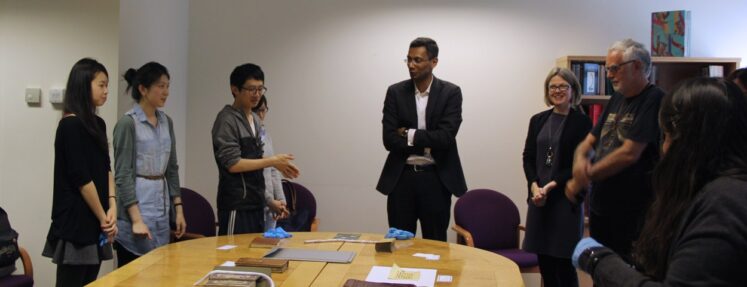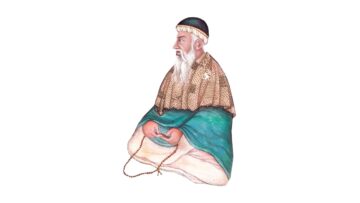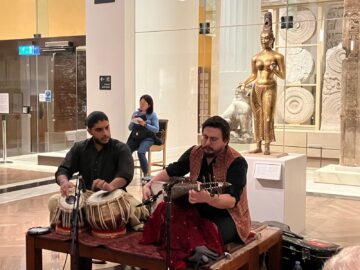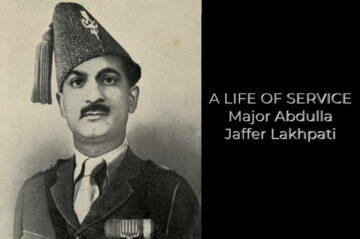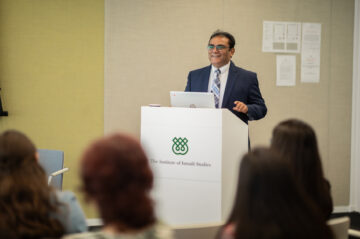The Ismaili Special Collections Unit (ISCU) recently opened its doors to students studying Islamic Arts, conducting interactive sessions where rare manuscripts and artefacts were exhibited and discussed. Sessions were organised for IIS students, both GPISH and STEP and students pursuing a Postgraduate Diploma in Asian Art at the School of Oriental and African Studies (SOAS).
The first of these sessions was conducted for GPISH students (Class of 2016). This was organised to complement their course on Ismaili history and doctrines taught by IIS Co-Director, Dr. Farhad Daftary. Mr. Wafi Momin, Head of ISCU, discussed the historical and cultural contexts of the manuscripts and artefacts in the Institute’s collection, their importance in studying Ismaili history and thought, as well as their relevance to contemporary contexts. The students also had an opportunity to see some unique objects, rare manuscripts and coins from this collection.
The second session was organised for IIS’ Secondary Teacher Education Programme . (STEP class of 2014). The session was attended by students from eight different countries. Introducing materials from the IIS Collection, Mr. Wafi Momin talked about paper-making and scripts, and elaborated on the complex processes involved in producing manuscripts. He emphasised that scholars used to travel great distances to copy important manuscripts and that this required a sound knowledge of languages as well as calligraphic skills in order to transcribe these texts.
The discussion was followed by a display of important works on Ismaili and wider Muslim history and thought, including works in Arabic, Persian and Indic languages. After the main presentation, STEP students had an opportunity to engage in discussion regarding the materials with staff of ISCU, including Mr. Wafi Momin, Dr. Nourmamadcho Nourmamadchoev and Ms. Naureen Ali.
The third session was conducted for students of the Postgraduate Diploma in Asian Art at SOAS as part of their module on Islamic art.
The students were accompanied by Dr. Melanie Gibson, Head of Faculty & Visiting Professor in Art History at the New College of Humanities, and Dr. George Manginis, Lecturer for the Art History contextual course at New College of the Humanities.
The session focused on Islamic art with reference to Qurʾanic illumination and works of calligraphy. Mr. Wafi Momin delivered a lecture contextualising manuscript production, scribal output and the various forms of illumination used in copying the Qurʾan. He also stated that the word of God was considered so sacred by Muslims that any compromise on its beauty and accuracy was considered unacceptable, explaining that it was for this reason that, despite the invention of the printing press in the 16th century, Muslims continued to copy the sacred word of God by hand.
After the presentation, the students had an opportunity to engage with the texts explored. These included a Mamluk Qur’an folio, a Qur’an manuscript from Ottoman times as well as important works on Ismaili philosophy such as the Asas al-ta’wil of al-Qadi al-Nu’man (d. 363 AH / 974 CE) and Rahat al-ʿaql of Hamid al-Din al-Kirmani (d. 411 AH / 1021 CE).
The Ismaili Special Collections Unit (ISCU) at The Institute Ismaili Studies (IIS) is a newly established research unit, created to preserve and maintain the existing collections at the IIS and to collect, develop and promote the study of special materials relating to Islamic history in general and to Ismaili heritage and its diverse expressions in particular.

